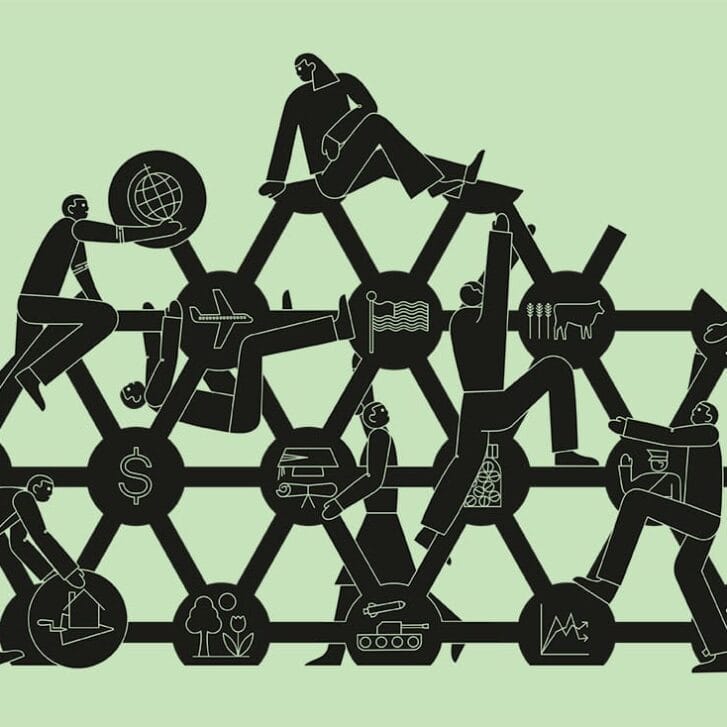In the fall of 2015, San Franciscans began seeing a tiny two-person vehicle glide silently around their streets. Operated by Scoot, a local electric-scooter rideshare network, the new vehicle has four wheels and no windows. Users start it with their phones. When they’re done with it, they leave it in a designated spot near their destination. Now Nissan, the carmaker behind the vehicle, is developing a four-passenger version.
Tiny cars, ridesharing and smartphones are hardly new. What’s exciting about the Scoot four-wheelers is their intention. They’re part of a series of experiments by Nissan Future Lab, a diverse team that develops technologies and business plans to meet consumers’ needs for a more electrified, autonomous future.
Megan Neese, the lab’s senior manager, notes that most of the discussion around next-gen automotive technology has to do with the vehicles’ autonomous abilities: “Can it change lanes? Can it stop? Can it go? What are the technical requirements of this?” Neese’s team is thinking more broadly: How will the technology change consumers’ need for it? “A lot of the reasons that we get into cars today may be fundamentally different if that technology is autonomous,” she notes. “In our work, we’re really interested in what kinds of things such cars could do that we still can’t imagine.”
To help with the imagining, Neese’s group uses “living labs,” combining market research with “lean process development,” creating small-scale launches to see how they work. As few as a dozen Nissan employees try out a new product or service or software program on a modest scale. “So it’s not like you’re launching something,” Neese says. “You’re doing a trial, and you’re doing it with a small group of people who understand what they’re testing and why they’re testing it.”
With Scoot, the group gets to experiment with a new kind of partnership and a new kind of service provider. The test has already led to development of a new software-hardware integration. “It’s little learnings like that that can help inform new product development and product planning for the future across different regions and brands,” Neese says. “That’s really what we’re after.”
The modesty of the experiments allows for some out-there inventions. For instance, Nissan developed a chair that parks itself under a conference table at a clap of the hands, allowing perfect order in any meeting room. The innovation lets Future Labs see how autonomy works around people: “We’re trying to understand how autonomous will affect people’s everyday lives. Does it change how you get groceries, or when you get groceries?” Neese envisions a future in which autonomous delivery vehicles might drop off packages only at night.
Much of this envisioning gets done outside Nissan facilities, and it goes way beyond technologists. With Scoot, Neese says, “We’re working with a software company, a service company, the city and a car company.” There should be a name for this kind of innovating: social creation? Iterative invention? Or just a very smart way to develop smart cars? —Knowledge@Wharton
Published as “The Genius of Trying Things Out” in the Fall 2016 issue of Wharton Magazine.


























